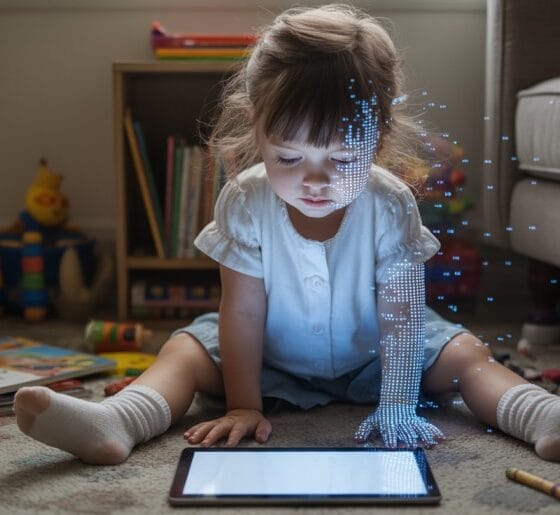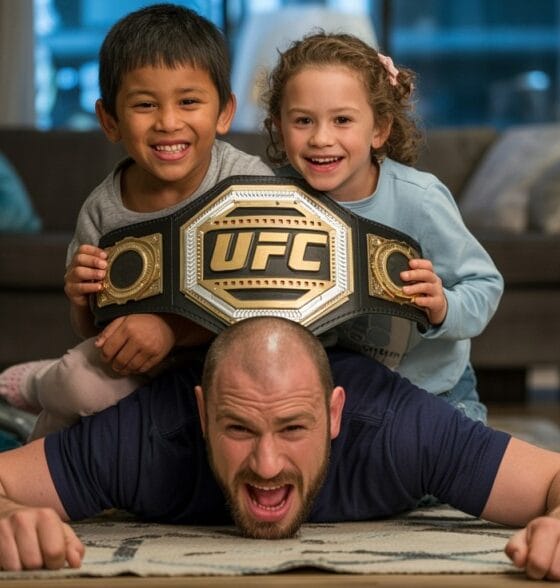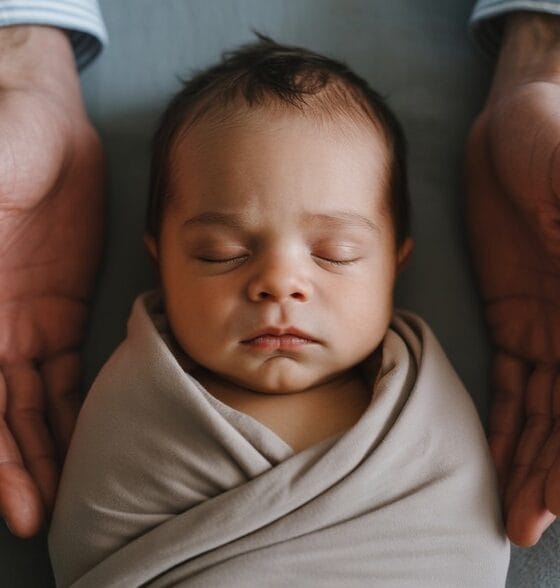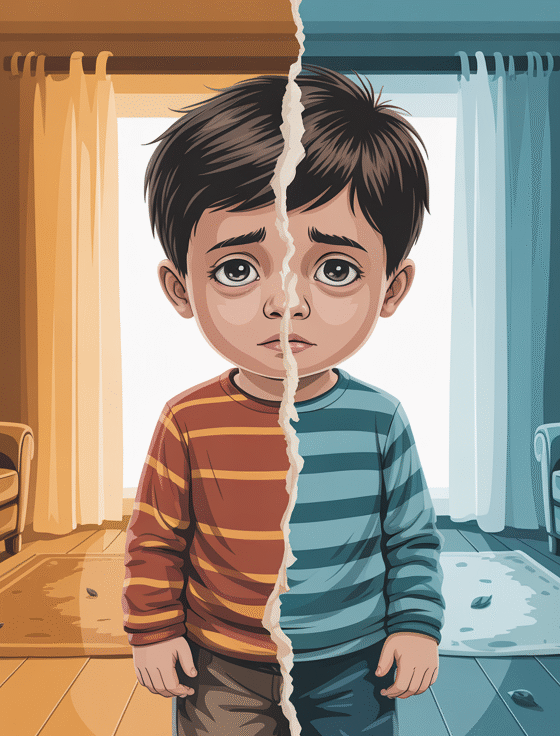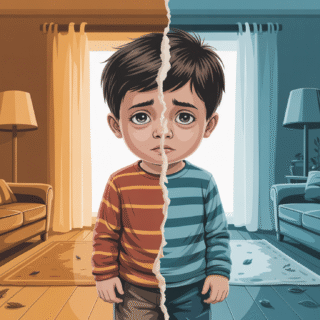They Mirror Us: A Look at Socioemotional Development
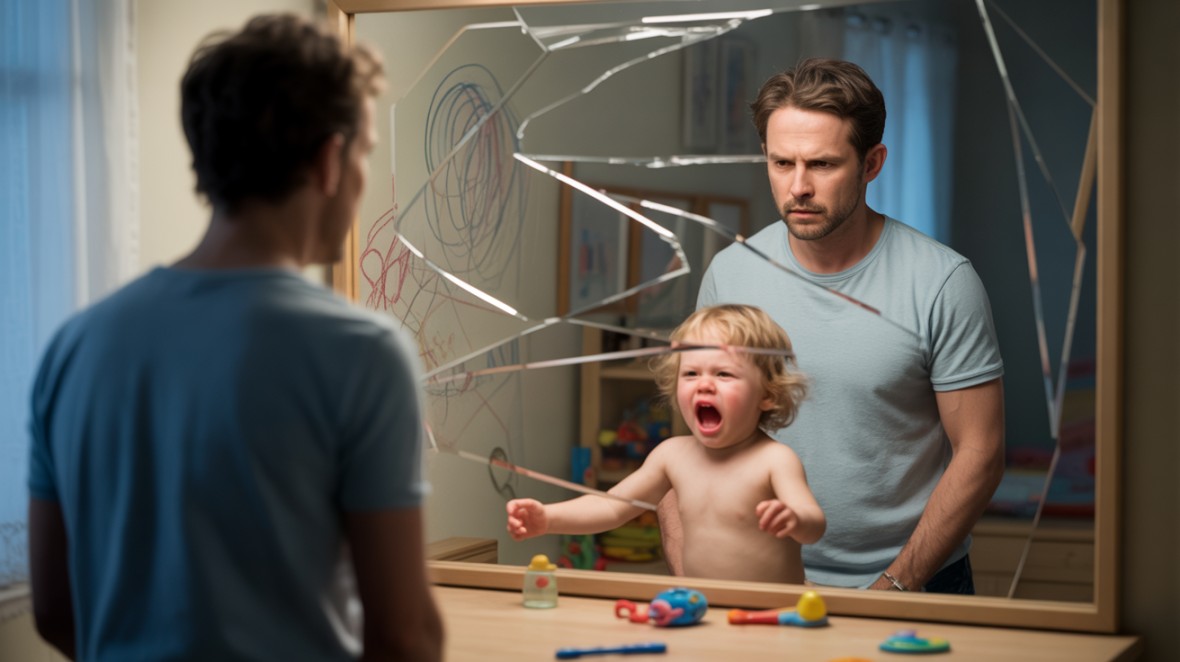
Quick summary:
Socioemotional development is how kids learn to feel, relate, and recover by watching us. It’s not about what we teach. It’s about what they absorb.
From mirror neurons to emotional repair, here’s how children literally mirror our moods, tone, and reactions.
Socioemotional development: the art of downloading reactions.
Pandemic.
Mid 2021.
My son was a year and a half old.
My wife and I were going through a tough time. But who wasn’t?
Twenty-four hours a day, locked inside. Almost no help. Almost no fun.
We were having a lot of disagreements. And those disagreements started to escalate into loud arguments, into shouting, into fingers pointed at each other’s faces.
I can’t even remember what started them. Probably unforgivable crimes like a sock left on the living room floor or two unwashed spoons sitting on the table.
Then, on an otherwise ordinary day, my son had a meltdown.
Nothing unusual.
But suddenly, he started screaming with his little index finger pointed right at us.
He didn’t use any real words. But somehow, we understood everything.
He had learned from us.
From our gestures. From our tone. From our worst parts.
He was learning how to be our little, screaming, finger-pointing version.
That meltdown became my first real lesson in socioemotional development.
What Socioemotional Development Actually Is
Socioemotional development is how children learn to feel, relate, and recover. And I can assure you, based on scientific studies, that it isn’t through instructions, commands, or the classic “no, no, no, no, no!”
It is through connection.
It’s the emotional blueprint we co-author, day by day.
Built in our tone. Shaped by our reactions. Repaired through presence.
From day one, our kids don’t just grow inside our homes. They grow inside our moods, our rhythms, our responses.
- Our voice becomes their inner monologue.
- Our reactions shape what they believe is safe, scary, or okay.
- Our repairs (the hugs, the “I’m sorrys,” the naming of feelings) teach them that relationships can bend without breaking.
They aren’t just watching. They’re absorbing our emotional behaviour.
The Science Behind How Children Learn Emotion
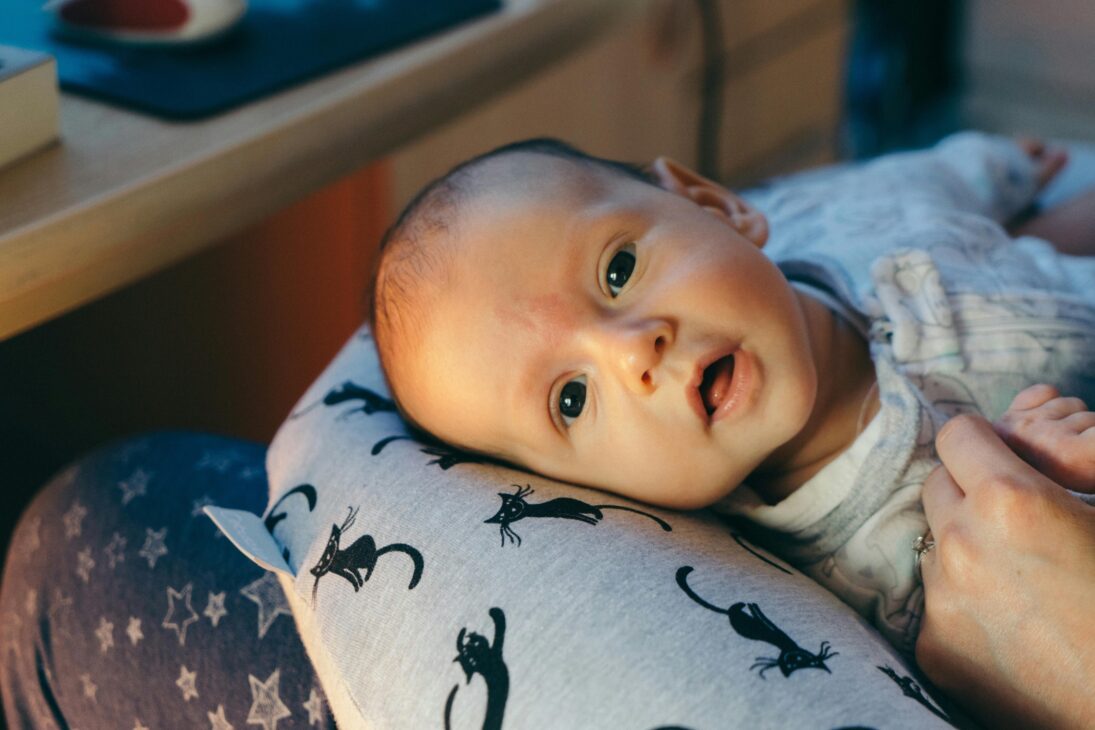
Mirror Neurons: Feeling Felt
Babies don’t just see us. They feel us.
That’s mirror neurons at work.
These specialized brain cells fire not only when we act but also when we watch someone else act, allowing babies to experience emotions by observing others. This is empathy in motion.
Within hours of birth, infants begin to imitate facial expressions, such as sticking out tongues and opening mouths. These are early signs of a neural system tuned for social connection.
A meta-analysis confirmed: early imitation is not only common, but linked to later emotional and cognitive development.
PMC: Early Imitation and Social Outcomes
At just six months, EEG studies reveal mu-wave desynchronization in infants, a clear neural signature of mirror activity, as they observe purposeful movements.
Their brains aren’t just watching. They’re mapping.
PMC: EEG and Infant Mirror Neuron Activation
In other words: your baby’s brain is feeling you feeling, syncing to your tone, your gestures, your mood.
Those mirrored moments are forming pathways. And over time, those pathways begin to shape something bigger:
The architecture of the brain itself.
That’s where Interpersonal Neurobiology comes in.
Interpersonal Neurobiology: Relationships Build Brains
Your child’s brain isn’t just growing.
It’s shaping itself around your presence.
That’s the heart of Dr. Daniel Siegel’s Interpersonal Neurobiology (IPNB), a framework that bridges brain science with human connection.
“IPNB provides a framework for understanding the mind as an embodied and relational process that regulates energy and information flow… Integration—defined as the linkage of differentiated parts—is the foundation for mental well-being.”
— Siegel, D.J., Frontiers in Psychology, PMCID: PMC9897608
Translation?
The way we look at them. The way we speak. The way we soothe, reconnect, repair. That’s not just caregiving. Actually, it’s neural architecture.
Our kids are wiring to us, integrating emotion, thought, and behaviour through every shared interaction.
From Co‑Regulation to Self‑Regulation
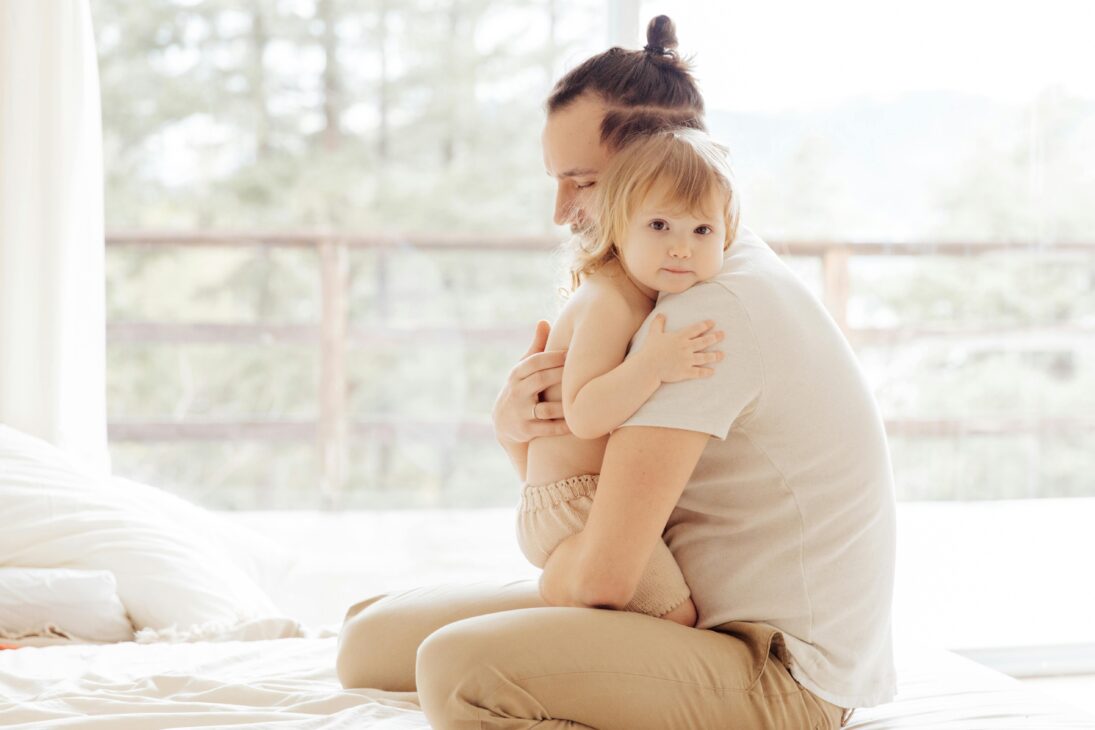
Early on, children don’t just learn emotions. They borrow them. This is co‑regulation: when a child’s distress meets the calm of a caring adult.
As the Harvard Center on the Developing Child explains, responsive, back-and-forth “serve-and-return” interactions are the keystone of healthy socioemotional development:
“When an infant or young child babbles, gestures, or cries, and an adult responds with eye contact, words, or a hug… this helps to build and strengthen neural connections in the child’s brain.”
Through these moments, children don’t just feel soothed. Basically, they learn how to feel soothing themselves. Co‑regulation is emotional scaffolding: we offer the stability our children need until they can walk it alone.
Over time, that shared calm becomes something more lasting. It:
- Builds the foundation for self‑regulation, using borrowed calm as a stepping stone to independence.
- Buffers against toxic stress, creating emotional resilience even in challenging times
- Helps children develop a sense of emotional safety: they learn what helps and that help is available.
The Real Work: Repair, Not Perfection
Here’s the part that saved us.
Not the parenting books. Not the guilt. Not even the neuroscience.
It was the repairs.
After that mirror-meltdown moment, we didn’t transform overnight.
But we softened.
We started naming our feelings out loud.
We apologized more. We got intentional.
Not perfect, but always trying to do our best.
And science backs this up.
A 2022 review published in Clinical Child and Family Psychology Review describes co‑regulation as a family-level process where caregivers provide emotional scaffolding across relationships—dyadic, triadic, and whole-family—to support emotional resilience and the development of self-regulation (PMC).
In other words: It’s about being willing to repair and showing them that connection can come back, even after rupture.
The Great Turning Point
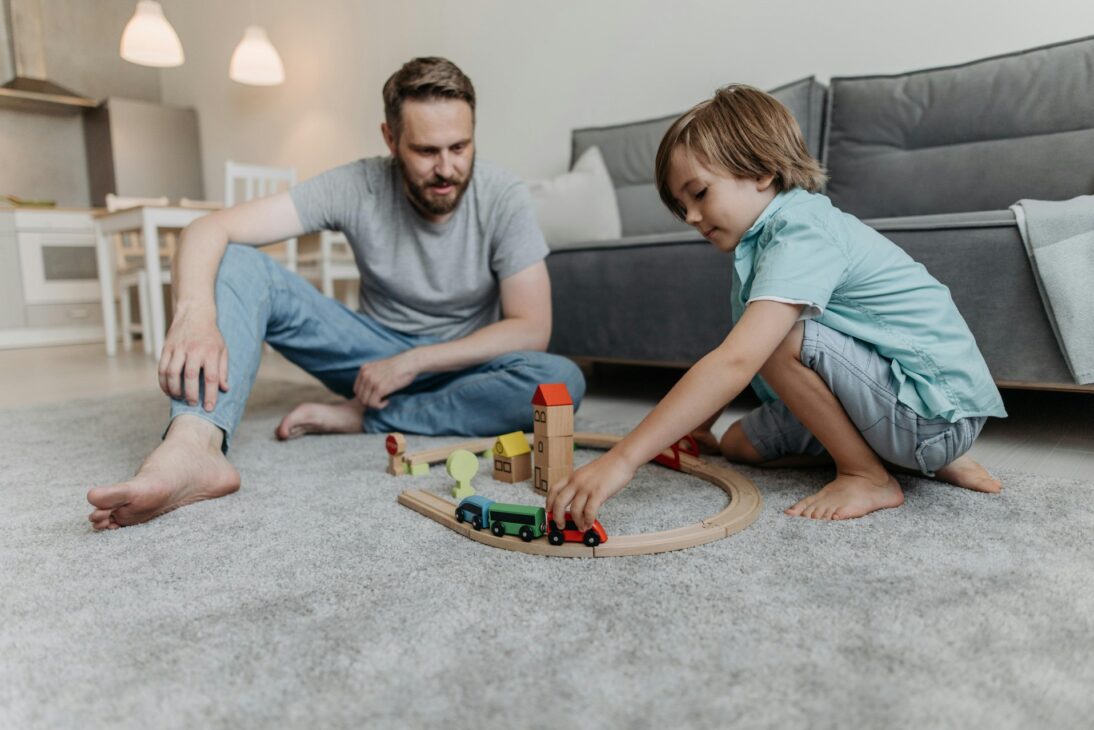
Funny how it turned out:
We were the ones learning from him.
Emotionally? We were one and a half, too. Stuck in tantrums of our own.
But that mirror moment (his tiny finger pointed in protest) was our turning point.
That’s the quiet genius of socioemotional development:
We shape them. They shape us.
It’s a shared evolution.
Try This
Next time things go sideways, pause. Then watch what comes back.
We’re always teaching. Even when we don’t mean to.
Got a moment like this?
Send a message to hello@dadinpanic.com. We’d love to hear it.
TL;DR: What Socioemotional Development Really Means
Socioemotional development refers to how children learn to express emotion, build relationships, and manage stress, a process shaped not by lectures but by the emotional climate we create.
Kids don’t copy what we say. They copy what we feel.
Their brains mirror our moods, tone, and reactions. That’s how they build empathy, safety, and resilience.
They borrow our calm before they learn to create their own.
What matters most isn’t avoiding mistakes. It’s repairing them. Naming feelings. Reconnecting after the storm.
We teach emotional life by living it, out loud.
References:
PubMed – Infant EEG and Mirror Neuron Activation
PMC – Early Imitation and Social Development
PMC – Interpersonal Neurobiology and Integration for Well-Being
Harvard Center on the Developing Child – Serve and Return
Harvard Center on the Developing Child – Toxic Stress
PMC – Family-Level Co-Regulation and Emotional Resilience
Frequently Asked Questions
It’s how kids learn to understand their feelings, build positive relationships, and manage emotions in healthy ways. This kind of development in young children doesn’t come from lectures. It comes from how we show up. Kids grow socially and emotionally by watching how we connect, handle stress, and treat each other.
Co-regulation parenting means helping your child feel safe and steady when their emotions are all over the place. You stay calm, present, and responsive, like a guiderail. Your emotional support helps them develop emotional competence and lays the groundwork for self-regulation later on. It’s the foundation of positive social and emotional development.
Your child doesn’t just hear what you say, they feel how you feel. From infancy, their brain syncs with yours through tone, facial expression, and body language. That’s how early social emotional learning begins. If you’re their primary caregiver, your nervous system is like their training ground for how to relate, recover, and respond.
That’s part of parenting. What matters is what happens after. When you repair, by naming the emotion, reconnecting, and showing you care, you teach your child that relationships can bend without breaking. That’s powerful for their mental health and long-term relationship skills.
This approach is at the heart of gentle parenting, which focuses on connection, emotional safety, and mutual growth, even when we mess up.
Because socially and emotionally competent kids aren’t just better at making friends. They’re also more resilient, curious, and able to handle life’s bumps. Positive social emotional development in early childhood sets the stage for lifelong well-being, both at home and in school.

